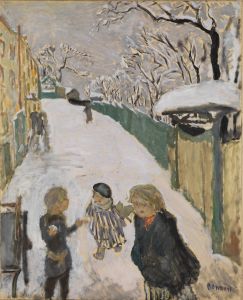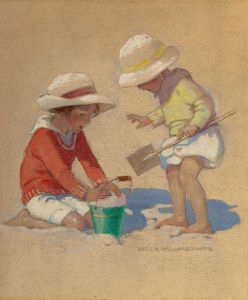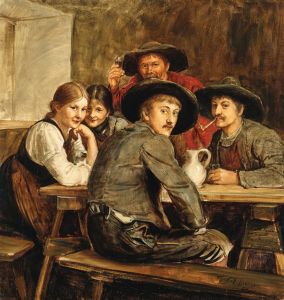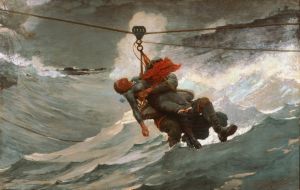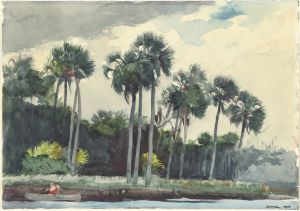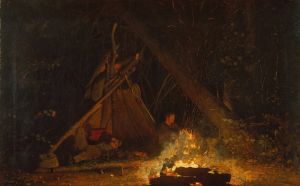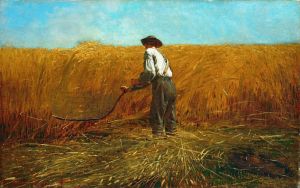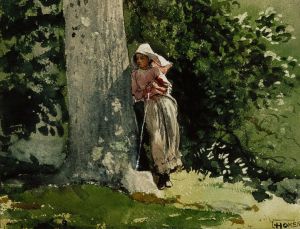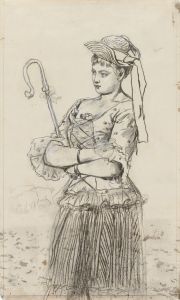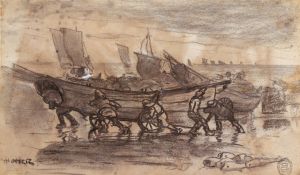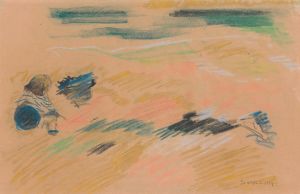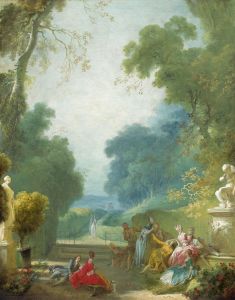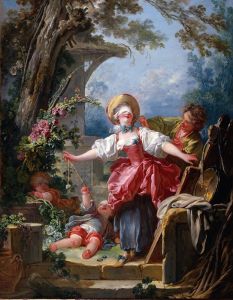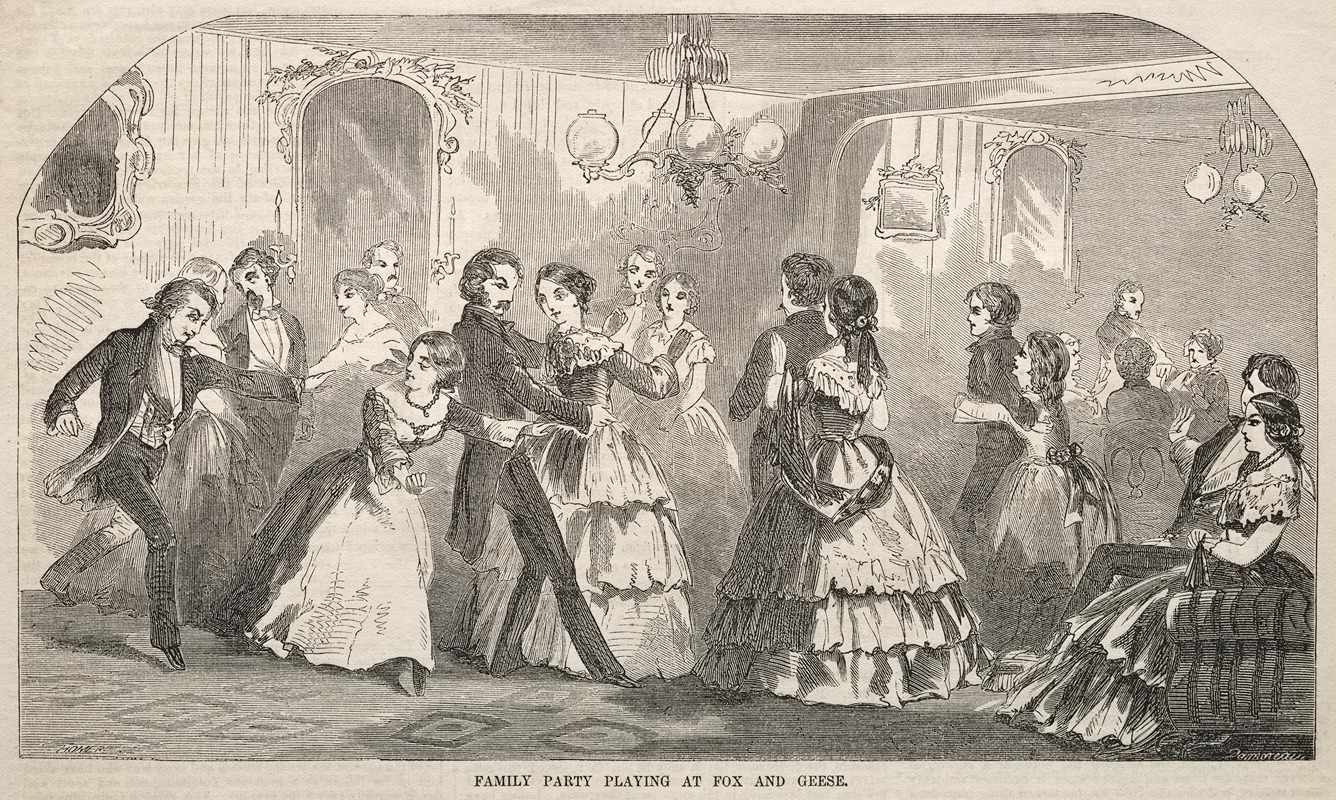
Family Party Playing at Fox and Geese
A hand-painted replica of Winslow Homer’s masterpiece Family Party Playing at Fox and Geese, meticulously crafted by professional artists to capture the true essence of the original. Each piece is created with museum-quality canvas and rare mineral pigments, carefully painted by experienced artists with delicate brushstrokes and rich, layered colors to perfectly recreate the texture of the original artwork. Unlike machine-printed reproductions, this hand-painted version brings the painting to life, infused with the artist’s emotions and skill in every stroke. Whether for personal collection or home decoration, it instantly elevates the artistic atmosphere of any space.
"Family Party Playing at Fox and Geese" is a painting by the American artist Winslow Homer, created in 1873. Winslow Homer (1836–1910) is widely regarded as one of the most significant figures in 19th-century American art, known for his depictions of everyday life, landscapes, and marine scenes. This particular work reflects Homer’s interest in capturing moments of leisure and social interaction, a recurring theme in his oeuvre during the early part of his career.
The painting portrays a group of people engaged in the traditional game of "Fox and Geese," a popular pastime in 19th-century America. The game, which involves strategic movement on a circular board or a snowy field, was often played during the winter months and was a source of entertainment for families and communities. Homer’s depiction of this activity provides insight into the social customs and recreational practices of the time.
Created during Homer’s time in Gloucester, Massachusetts, the painting is part of a broader series of works in which the artist explored themes of rural life and communal activities. The composition is notable for its warm, convivial atmosphere, with figures dressed in winter attire and set against a snowy backdrop. Homer’s use of watercolor, a medium he began to experiment with extensively in the early 1870s, lends the scene a sense of immediacy and lightness. His skillful handling of the medium captures the textures of snow and the subtle interplay of light and shadow, enhancing the painting’s overall sense of realism.
"Family Party Playing at Fox and Geese" exemplifies Homer’s ability to document everyday moments with a sense of authenticity and charm. The work reflects his growing interest in portraying the human figure in natural settings, a focus that would continue to evolve throughout his career. While Homer is perhaps best known for his later marine paintings, this piece highlights his early engagement with genre scenes and his keen observation of social dynamics.
The painting is currently held in the collection of the Cleveland Museum of Art in Cleveland, Ohio. It remains an important example of Homer’s early work in watercolor and his exploration of American life during the post-Civil War period.





